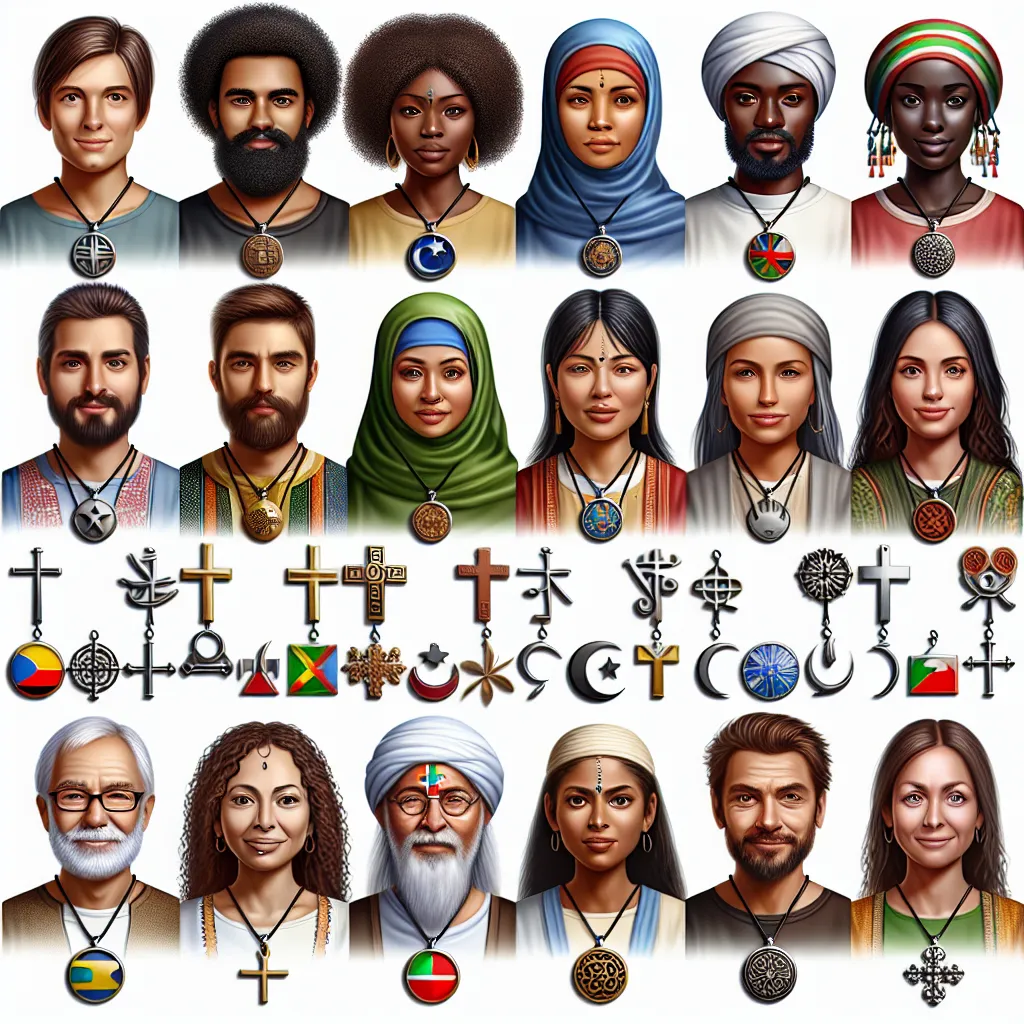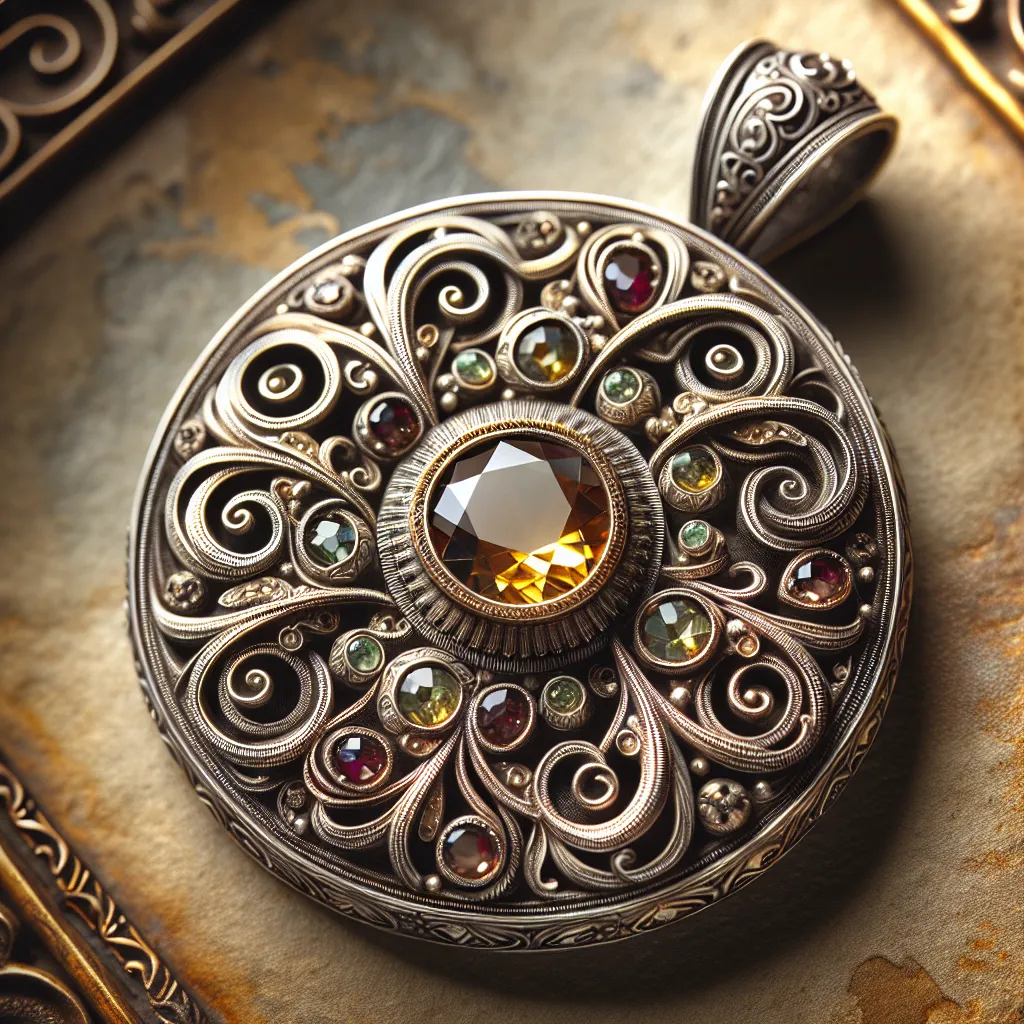The significance of Pendants in Cultural Traditions
The significance of pendants in cultural traditions spans across various civilizations and holds deep symbolic meanings. Pendants are not merely decorative accessories in many cultures, but they carry significant symbolism, often representing beliefs, customs, and values unique to a particular society.
In ancient Egyptian culture, pendants were worn to protect the wearer from evil spirits and to symbolize status and wealth. The Ankh, a popular Egyptian symbol, was commonly worn as a pendant representing life and immortality. Similarly, in Celtic traditions, pendants such as the Celtic cross held religious significance and were believed to offer protection and ward off evil.
In Asian cultures, pendants often incorporate symbols such as the Yin and Yang, representing balance and harmony, or the lotus flower, symbolizing purity and enlightenment in Buddhism. These pendants are worn as a reflection of one’s spiritual beliefs and to invoke positive energy and protection.
Among indigenous cultures, pendants crafted from materials like animal teeth, bones, or stones were worn as a connection to the natural world and as an expression of tribal identity and spirituality. These pendants often depicted animals or symbols that held significance within the community.
Throughout history, pendants have been utilized as symbols of faith, protection, and cultural identity. Their significance in cultural traditions provides insight into the values and beliefs upheld by different societies, making them more than just ornamental jewelry but essential elements of cultural expression and heritage.
By understanding the symbolism of pendants in different cultures, we gain a deeper appreciation for the diverse traditions and the universal human desire to convey meaning through wearable art.
Exploring Symbolic Meanings of Pendants Across Cultures
Pendants have held significant symbolism in cultures across the world for centuries, representing a wide array of meanings and values. Exploring the symbolic meanings of pendants across different cultures reveals the deep-rooted significance they hold in various societies. In ancient Egyptian culture, pendants often depicted gods and symbols of protection, serving as amulets to ward off evil spirits and bring good fortune to the wearer. Similarly, in Chinese culture, jade pendants are believed to symbolize purity, integrity, and good luck, and are often passed down through generations as family heirlooms.
In Celtic cultures, pendants featuring intricate knots and interlacing patterns symbolize continuity, interconnectedness, and the cyclical nature of life. These symbols often held spiritual significance, representing the eternal journey of the soul. Across the African continent, pendants crafted with symbolic motifs such as animals, tribal patterns, or ancestral symbols act as a means of connecting the wearer to their roots, history, and spiritual beliefs. These pendants often carry stories of tradition and heritage, serving as tangible expressions of cultural identity.
The symbolic meanings of pendants are not limited to historical contexts; they continue to play a vital role in today’s world. In western cultures, pendants are often personalized to reflect individual beliefs, values, and personal milestones. Whether it’s a religious symbol, a meaningful gemstone, or an engraved message, modern pendants serve as a form of self-expression and a way to carry meaningful symbols close to one’s heart.
As we delve into the exploration of symbolic meanings of pendants across cultures, it becomes evident that these intricately crafted adornments are more than just decorative accessories. They embody cultural narratives, spiritual beliefs, and personal connections, transcending mere aesthetics to become powerful symbols of identity and heritage.



